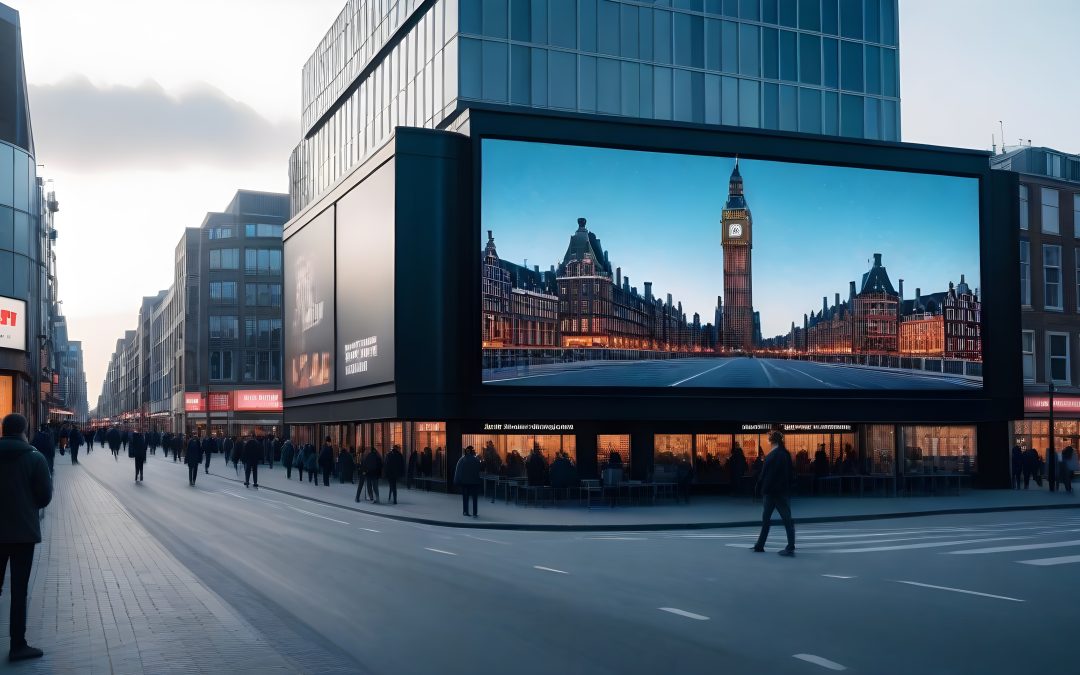
The Impact of AI and Machine Learning on DOOH Content Optimization
Introduction: Artificial intelligence (AI) and machine learning are revolutionizing the way content is optimized in Digital Out-of-Home (DOOH) advertising. This article will explore the various ways in which AI-powered analytics and algorithms are enhancing content relevance, engagement, and effectiveness in the DOOH landscape.
Key Points:
-
Audience Understanding: AI-powered analytics enable advertisers to gain deeper insights into audience behavior, preferences, and demographics. By analyzing data from various sources, including mobile devices and sensors, advertisers can better understand their target audience and tailor content accordingly.
-
Personalization: Machine learning algorithms enable dynamic content optimization based on individual preferences and context. Advertisers can deliver personalized messages to audiences in real-time, increasing relevance and engagement.
-
Predictive Analytics: AI-driven predictive analytics allow advertisers to anticipate audience behavior and optimize campaign strategies accordingly. By analyzing historical data and trends, advertisers can make informed decisions about content, placement, and timing, maximizing campaign effectiveness.
-
Content Generation: AI technologies such as natural language processing (NLP) and computer vision enable automated content generation and optimization. Advertisers can use AI to create compelling visuals, generate copy, and adapt content for different platforms and formats.
Emerging Trends:
-
AI-Generated Content: Advertisers are increasingly experimenting with AI-generated content, leveraging algorithms to create dynamic and interactive ads. From personalized product recommendations to immersive experiences, AI-generated content holds the promise of greater creativity and flexibility in DOOH advertising.
-
Predictive Analytics for Campaign Planning: AI-driven predictive analytics are being used to forecast campaign performance and optimize resource allocation. By simulating different scenarios and outcomes, advertisers can identify the most effective strategies and mitigate risks before launching campaigns.
Conclusion: AI and machine learning are transforming DOOH advertising by enabling audience understanding, personalization, predictive analytics, and automated content generation. By harnessing the power of AI technologies, advertisers can create more relevant, engaging, and effective campaigns in the ever-evolving digital landscape.
